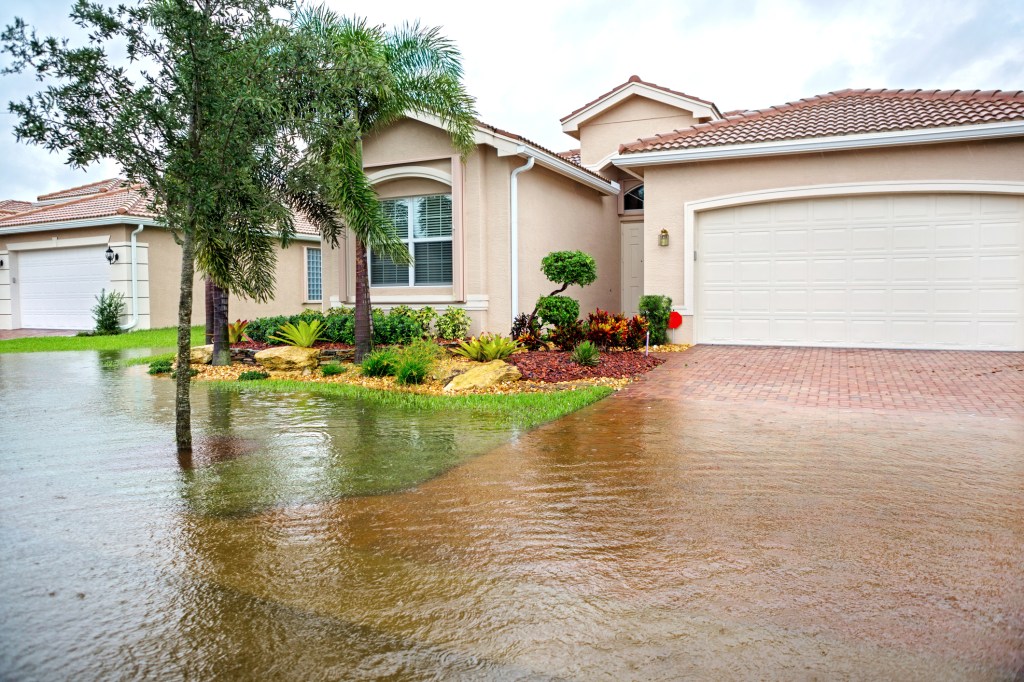Homeowners on the coasts, in the path of potential hurricanes, and within the bounds of flood plains may consider flood insurance an obvious—and even required—necessity. However, homeowners in more inland areas may not realize that the risk of flooding has increased in many places over the past several years.
In fact, according to data from the National Flood Insurance Program, from 2014 to 2018, 40 percent of all flood insurance claims were filed by policyholders outside of high-risk flood areas. These claims made up one-third of all federal disaster assistance for flooding.
Here are three non-coastal places where homeowners should consider flood insurance.
The Midwest
Between 1958 and 2016, the heaviest annual rainfalls have increased by over 40% across midwestern states and states in the northeast. Since 1991, the heaviest rainfall events in these areas have become even heavier and more frequent, leading to increased flooding. On average, damage from inland floods has cost more than any other severe weather event, averaging nearly $7 billion annually between 1976 and 2006.
While studies have suggested that climate change may be responsible for the increased flood risk across the Midwest, poor drainage systems, intense summer storms, melting snow, and neighborhood construction can all also increase the risk of flooding. The combination of the spring thaw and spring rains can lead to flash flooding that can overwhelm levees and dams.
Southwestern States
A recent study by the Society of Actuaries Research Institute projects that by 2050 annual occurrence losses from flooding will increase across most of Nevada, with the risk of floods compounded by the many small rivers in that state. Southwestern Texas, particularly along the Rio Grande River, is also expected to see a significant rise in loss from floods.
The past few years have also brought more intensity to monsoon season across states like Arizona and New Mexico. A 200 percent increase in precipitation in 2021 brought severe flash floods across parts of Arizona, western New Mexico, and southwestern Colorado.
New England and States in the Northeast
Inland states in the northeast will face increasing flood risk over the next few decades, as average annual rainfall in these areas is expected to rise. Continued population growth and infrastructure development in these states may also compound the problem by bringing even more homeowners into these high-risk areas.
In 2017 and 2018, Hurricanes Harvey and Florence highlighted this point in a very tangible way, and in 2021, rainfall alone from Hurricane Ida brought record-breaking flooding to New York, Pennsylvania, New Jersey, and Massachusetts. Current projects indicate that New York’s average risk of flooding has risen by 18%, and Pennsylvania has an 80% increase in risk, according to Verisk’s AIR research, a leader in the catastrophe modeling industry that helps businesses prepare better risk management strategies backed by analytic technology.
Inland Flood Coverage Across the US
FEMA reports that one inch of floodwater can cause more than $25,000 in damage. Luckily, flood insurance is an affordable policy that can protect your home and its contents in the event of flooding, which is not typically covered in a standard homeowners policy. For renters, a landlord’s flood insurance likely only covers the building and not its contents, so a contents-only flood insurance policy can help ensure you’re protected in the event of a flood.
Talk to your Westwood agent about adding an Inland Flood Coverage endorsement to your homeowners, renters, or farm owners policy. This affordable coverage can cover your residence and other structures on your property and replace personal property inside your home. Learn more by reaching out to Westwood today.
Please Note: This article is for general informational and educational purposes only. It does not represent any specific insurance policy and does not modify any provisions, limitations, or exclusions of any current policy.





